A 130 km one way 5 night packrafting adventure in the so-called “Left arm of Lady Finland” during the height of mosquito season.
In 2023 during midsummer we did a hiking trip in the Käsivarsin Wilderness Area in Finnish Lapland with a group of friends. One of those friends was Taneli, who is the one that we do some kind of an adventure with packrafts every year. Taneli had been rafting on the Lätäseno river a few times in different sections in the past. The river flows roughly from north to south on the east side of the wilderness area. So we got the idea that we should ride the river, but start from the village of Kilpisjärvi from the western side of the wilderness area. So plans were hatched and the schedule was put on the calendar.
The route would start from Kilpisjärvi village, near the meeting point of the three countries, or kingdoms at the time when the border marker was built originally in 1751 to mark the border point between Sweden and Norway. Later in 1809 when Sweden lost Finland to Russia, the border marker became the meeting point of the three kingdoms. It is also the most northern meeting point of three countries, the meeting point of Norway, Finland and Russia being 900 meters further south.
From Kilpisjärvi Nature Center we would follow the Kalotti hiking route for a little while, then jump on the ATV trail that leads to the Termijärvi Lake wilderness hut. From the other side of the lake we would cross a few creeks and follow an older ATV trail heading towards Rommajärvi lake. On the western shore of the lake we would switch from hiking to packrafts. On our packrafts we would cross the lake and enter the mouth of Rommaeno river and follow it all the way to the meeting point with Lätäseno river and follow it all the way to the boat harbor in Markkina, a tiny village in the meeting point where Lätäsenoriver joins Muonionjoki river that later joins with Tornionjoki river that flows down to the north end of the Baltic Sea.
Adventure time
Saturday 29th of June, a week after Midsummer, I jumped on my friend Taneli’s car from Helsinki with my SMD Flex PR backpack packed with food for 6 days, my MSR Microraft packraft, a personal floating device, my Aqua Bound 4-piece carbon paddle, clothes and my shelter the SMD Skyscape Trekker. We drove for 7 hours and stopped for the night in Kajaani at Taneli’s little cabin for a summer evening of sauna, swimming, some food and hydration and some Euro2024 football. After a short night's sleep, we woke up on Sunday at 6 in the morning and started driving towards Kilpisjärvi. A few stops later, a phone call to order the transfer of Taneli’s car from Kilpisjärvi to Markkina arrived at the parking lot of Kilpisjärvi Nature Center at 18 in the evening.
The Flex PR with a 25 kg load. I started with the packraft strapped at the bottom of the pack, but later during portages the packraft was rolled in the front panel and later at the top of the pack.
Of course once we had put our 25 kg backpacks on our backs and walked a few meters of the trail it started raining. it tooks us 4 hours to hike non-stop the 15 km to the Termisjärvi Wilderness Hut in constant rain that was getting harder for the first few hours. The route goes partly thru some moist and muddy marchlands so we were pretty wet on arrival to the wilderness hut. Luckily the rain stopped just before the hut, so we changed to our dry camp clothes on the porch of the hut and set up our tents in daylight. Because during the summer for many weeks the sun doesn’t set in the Arctic so no need to find your headlamp to set up camp during midnight.
The Termisjärvi Wilderness Hut. Wilderness huts or Autiotuvat are cabins maintained by Metsähallitus in Finland. Most of them are located in the northern wilderness areas and offer shelter for people in need of them in the wild. There are rules of course, like making space for those who arrive even in the dead of the night.
The logic is that if you reached the hut early in the day, you might as well have more time to go further or set up your tent on the grounds, unlike those who arrive late tired and hungry. Many huts also have a pre-booked side, where you book a place for yourself in advance and get a code to the key box. The huts might also have another hut nearby that might be rental huts, a hut you rent in advance all for yourself and your party if you wish to stay for a longer time in the area.
Monday morning started a bit sunny and we enjoyed breakfast inside the hut while our hiking gear was drying outside by the mix of wind and solar power. We even had time to stare at the clouds before putting our packs on our backs and hit the trail. The previous year we had made camp 3 kilometers past the hut, close to the point where we would now cross a few creeks and follow the older ATV trail to Rommajärvi. The sun was shining and the wind was blowing so we still didn’t fully feel the power of Rääkkä. Rääkkä is a name for a 3-5 week season normally starting after Midsummer, when Finnish Lapland’s mosquito, blackfly and horsefly populations come out in great numbers and swarms and they are really hungry for blood. There have been summers when mosquitoes and blackflies have severely bled dogs on a hike to the point of being fatal. During rääkkä you also see more reindeers on the roads as they seek the windy and drier paved roads that are less affected by the rääkkä. This season is considered to be the most unpleasant to be in the wilderness. Wearing hooded jackets, longpants, gloves and a mosquito net on your head makes it easier though. As the trail started in woodless and dry highland we could enjoy the hike without putting on our jacket or mosquito nets.
This felt like a pretty normal mosquito situation in Finnish Lapland, not Rääkkä so no need for a jacket or a mosquito net. Yet.
Once the trail went a bit lower past a few creeks with plants and arctic birch trees the mosquitos attacked in the masses. Luckily it was just a short section and the route went back up again. We stopped for lunch on the side of the trail in a windy section. It took less then a minute, that even with the wind we got a taste of rääkkä. So jackets and mosquito nets on we continued the trail, even hiking past a moist 2 km swamp section before reaching the Rommavaara hill. We bushwhacked through the hill to the shores of the lake, jumping over the rocky swamps and through the birch swamps. After 15 km of hiking we finally inflated our packrafts, strapped our backpacks on them and put on our personal flotation devices and hit the waters.
As is custom when you hit the waters the headwind starts blowing, and it did. So we paddled to the windy side of the lake to take some shelter from the wind and then continued to the mouth of the Rommaeno river. Near the mouth we met a group of fishermen on different rafts, they had already spent 4 days camping nearby and just fishing and they had 2 weeks time to paddle to Raittijärvi off the grid village just 14 km downstream. That is one way to spend time in the wilderness. They did say that we will encounter rocky rapids that have quite low water levels flowing past them. Meaning we might need to walk our rafts through some of them. We traveled past some low water level and slow flowing rapids for 7 km before we saw two mounds poking from the swamps on each side of the shore. We landed on the right side of the river, just next to a small rapid. It was a windy place, had quite flat areas for tents and somebody had made a fireplace there. It was 20 in the evening, we set our camps and then the Rääkkä really hit. It didn’t mind the wind at all and the mosquitos were really after our blood. We quickly made our dinner, eating it quickly, lifting up our mosquito nets and then retiring inside the safety of the bug screens of our tent. I was really thankful for my mosquito net as I drifted to sleep to the sound of the rapid and the buzzing of the mosquitos.
I was thankful for the large bug mesh doors and walls of the Skyscape Trekker, that led me to enjoy the landscape in a bug free space and fall asleep without being served as a mosquito buffet .
Tuesday morning started with a cold breakfast in the security of my tent, so cold instant coffee and bread with butter. The moment you put your hand out the tent you had tens of mosquitos on it. Not to mention when I had to relieve my bowl and put my pants down I could feel so many stings. Let's say it was an efficient affair. We hit the river around ten and after a few rapids we reached Raittijärvi village. It had far more buildings that I had imagined and they were in good condition. The difference to other reindeer herder settlements that I have encountered before in the Finnish Lapland, was that Raittijärvi was in use around the year, and not just for the hearding season.
After the village the Rommaeno river turned into a rapid fest. It felt like it was just a rapid after another, with little calm bodies of waters. The rapids also started to be a bit more demanding, with many rocks poking from the waters. We stopped for lunch around noon, as there was a rainfront coming closer, and that is the moment when tragedy struck. I had lost my mosquito net, I assume while paddling in one of the many rapids. There wasn’t much else to do then to put bug repellent on my head and keep my hardshell jackets hood tightly on my head. A mosquito net is quite the lightweight and packable piece of gear, so from now on I will definitely carry a spare tucked into my gear, just in case this might happen again. A little spoiler, but the next day I didn’t even feel the stings and bites on my head, neck and face but I looked like if somebody who could read spot writing might find some sentences on my skin.
Feeling alive and anxious at the same time and letting the adrenaline go down. Had a candybar and was happy I didn’t lose my eyeglasses unlike two years ago. Another moment that I was happy that my pants would dry quite quickly when walking in windy conditions.
After lunch we passed a longer and rockier rapid that had once had a reindeer fence running through. The remnants of the fence was not a problem, but the rapid did get quite fast and rocks needed to be evaded, but there was a familiar surprise just at the final stretch of the rapid. A drop between two bigger rocks that had crossing water flows. The same kind of a situation that I encountered two summers ago on the Pöyrisjärvi river while bikerafting. Needless to say that I capsized, but luckily the water was 2 meters deep and I didn’t hit my head or any other body part into rocks. I came to the surface and towed my raft to shore on a big rock. There I sat for a while calming up my breath and Taneli came down the rapid, checked that I was alright. I checked that everything was still on the raft and just like last time I had lost a water filter bottle. Tho the running waters of the wilderness are clean and drinkable, so no real problem, it just happened brand new. I took my clothes off, twisted most of the water out and put them back on. We put the backpacks on our backs and carried the raft by hand and followed the river on the banks, walking for a couple of kilometers passing a few more rapids. This helped me calm down, though I still felt quite anxious when we took the river again.
We passed a couple of small rapids and some calmer sections of the river. We saw a great looking campsite that we had checked out from the maps that could be great campspot for the night. I paddled to shore before the longer rapid, walked halfway with my gear and took some photos of Taneli while he went down the rapid halfway near the shore of the campsite. I climbed to the hill, where I could see that at the end of the rapid there were some bigger boulders and small drops. Even Taneli was happy he didn’t till the end. We set up camp, Taneli went down to the river to fish and I put stuff to dry on branches by the wind and just marveled on the beautiful surroundings, the power of the white water and getting used to mosquitos biting me.
Taneli didn’t catch any fish so we warmed up water and prepared some freeze dried meals. The mosquito amount got higher and we said good night after a quick cup of hot chocolate to enjoy dinner inside our tents. The night was warm and nice.
Taneli having fun between the rocks. The good point of me doing some portages and Taneli paddling down the rapids that I was able to take photos from the shores. We were surprised how rocky the Rommaeno was for almost all the way down to Lätäseno.
The fourth morning started the way the evening had ended. Having breakfast away from the swarms of mosquitoes outside my tent. Though after spending time without my mosquito nets protection I kinda had gotten used to them. There is this urban legend that after 200 bites per summer the bites no longer itch or sting. I was starting to be in that state while I packed the camp and prepared the raft for another on the river. In honest opinion I was just getting numb to the sting and there was not more bite free skin on my face. As my friend told me, my face looked like a blind person could read a horror story from it.
We followed the river in a rather grayish weather even paddling thru few of the smaller rapids on Rommaeno but opted for a 1,5 km of bushwhacking portage to pass the two bigger and longer sections. Around 1 in the afternoon we finally reached the meeting point of Rommaeno and Lätäseno rivers. Where Rommaone had been shallow and rocky, Lätäseno was wide and calm. We had a slight tailwind so quite quickly we reached the landing spot for the Munnikurkio portage trail. We had a nice lunch and coffee at the start of the portage and walked to see on the off the most dangerous rapids, Munnikurkio, before packing up our rafts for a 4 km portage.
The trail was easy as it was mostly on an ATV double track and we passed a huge fishing camp. I am talking tables, chairs, huge and tall tents and a generator.
The photo doesn’t do Munnikurkio justice but I was getting quite wet from the spray of the white water and that triple drop would have been above our skill level easily. A great place to enjoy after lunch coffee.
As we entered the river again it turned out it was quite shallow and clear. You could easily see Pikes swimming near the shore and the different kind of debris on the bottom of the river. It got even so shallow that I got stuck on a huge sandbank. As the paddling was easy going Taneli took out his fishing rod and dragged a lure behind him. Soon Taneli caught a fish, a beautiful Greyling. According to Taneli it was his biggest Greyling to date. After 6 in the afternoon we reached the Hirvasvuopio wilderness cabin. In a light drizzle we set our tents on the grounds of the cabin that was sadly marked with multiple over the ground firesites even if there was a proper on the grounds. We took the opportunity to heat the cabin and dry out our damp clothes. As Taneli fried his Greyling with butter on a pan I strongly criticized my fish allergy that mostly seems to have a problem with Finnish fishes.
The next morning I woke to the sound of rain and as I opened my eyes I saw the biggest amount of condensation ever on my tent. Not so much that my gear would have been wet, but even Tanelis' double wall tent had high levels of condensation.
We left our tents up to dry off the condensation in the warmth of the shy sun that slowly came out behind the clouds and had breakfast inside the wilderness hut.
Around 11, after doing some field repairs on my spraydeck we packed our gear and entered the river once again.
The amount of happiness that comes from a man who had just catched a fish is quite powerful. Not to mention getting fresh food between field rations is almost golden.
We knew that today would be a long day on the river in order to keep in our time schedule for the trip. It would be 34 km on the river to reach our planned campsite on the grounds of the Isokurkkio wilderness cabin, just before maybe the biggest and most dangerous rapid on the river. Nicely the sun was out for most of the day and with a nice flow of the river and a slight tailwind we made good process. There were a few portages. We had a lovely quick lunch on a tiny island on the river. The sky was shining from the clear sky, meaning there were no mosquitos but instead there were quite many horseflies trying to bite a chunk out of me. As I was still boiling water for lunch Taneli catched another Greyling and again had a way better looking and tasting lunch compared to mine.
After lunch it was easy going and we did 10 km of paddling in really good time and arrived at the start of a 3 km long rapid. We went and oh did the water and rocks made us keep our concentration up all the time. At this time I had been running a slight fever for a few days, mostly due to the endless bites of mosquitos, and I managed to go ashore after 1.5 km on the rapid. Taneli continued on to a meeting point after the rapid. There was a trail following the bank of the river to the meeting point past the rapid, but in reality there had been one maybe ages ago. I had of course as a smart person packed up my raft into my pack. The first 400 meters of the trail was quite easy going, but after that it turned into overgrown mangrove like swamp. After wading in mud and battling with the branches and crossing a muddy smaller river into another swamp I was only 800 meters away from the meeting point and I had spent nearly 2 hours on my little detour. I inflated my raft again and went back to the rapid in minutes. I was at the meeting point where Taneli was waiting. We continued along the river, did a few smaller rapids and after 8 km we reached the landing spot starting just before the bend where Isokurkkio was roaring.
Sometimes portages were quite easy, like this just above knee high bush and jumping rocks. Sometimes it could be swamp, hopping boulder to boulder or wading in mud. Depending on the lenght you either carry your raft in your arms, strap it to your backpack or deflate it and pack it.
For our last night on the river we walked up the hill where the Isokurkkio cabin was, pitched up our tents on the grounds and as the evening before warmed up the cabin and enjoyed dinner inside. Naturally we made the mistake of overheating the cabin and felt like a sauna. We drank the little that we had left of our whisky just wearing socks and underwear and making sure to not let any mosquitos in when going outside. It was raining and Isokurkkio was roaring as we retired for the last night on the river.
Our last morning started quite chilly, so chilly we enjoyed the warmth of the cabin for a big breakfast aka. eat everything still left beside lunch and snacks. As we enjoyed coffee a pair of fishermen stepped inside and they left their boat outside the cabin. Having to say portagin a packraft is a lot easier than a lightweight fishing boat with a small rear motor. We packed our gear in slight rain and carried them towards the river on the southern portage trail where we found a camp of few fishermen. We left our packs by their camp and walked upriver to see the loud and grand Isokurkkio. Even quite far away it looked majestic and had quite a lot of drop too. Once back at our packs we picked them up and walked 1,5 km of quite an easy trail to the southern end point of the portage.
A tiny section of Vähäkurkkio from the top of the ridge that the portage trail was on. A beautiful place and quite busy for fishermen as this one is most southern rapid on the river. Legend says that the local travel by boats all the way up river.
We inflated our rafts, packed our gear and floated down the river a whole 900 meters, before reaching the start of Vähäkurkkio, a smaller but longer but demanding rapid. We went ashore after rafting a bit of the easier northern point of the rapid where a portage point started. We deflated our rafts and enjoyed quite a lovely 2 km trail over a high ridge with steep slopes and beautiful pine trees. It was just nice as it gave us a great view of Vähäkurkio’s southern end with its big boulders. On the next bend we had lunch in the sun again while watching a few fishermen fishing on the other shore where they had different types of camps, ranging from tarps to tents to small cabins.
After lunch it was 16 km of paddling the river in a headwind and one tiny easy rapid. It was the most boring part of the trip so we spent our time coming up with dumb stuff and talking dumb stuff, like would you rather fight a rapid bear or ten rats with bowie knives. We passed through more cabins, some newer and some quite old and a lot of camouflaged bird houses. There was also a great wildlife moment when a great white owl flew over our heads majestically. It was huge and as usual too fast for me to take me camera out.
When the river gets a bit boring and a bit of sunshine comes out behind the clouds it is just nice to chill out, have a snack and let the river take you onward.
After 7 hours on the river we reached the end of our river adventure, the boat ramp in Markkina, where Taneli’s car was waiting after being moved by moving service from Kilpisjärvi and the keys were there too. We loaded our packs and deflated rafts in the trunk and got into the car just the moment it started raining. We drove to Pallastunturi hotel, booked a room, had a beer and watched the FIFA Euro Cup final on a tiny tv.
The next day Taneli dropped me in Oulu where I hopped on a daytrain to Helsinki. A nice and quite typical ending for my adventures in above the Arctic Circle.
It was a great adventure, but the mosquito situation was a bit extreme. Even still with my face full of bites I had a great time and can check Rommaeno ja Lätäseno rivers from my packrafting list.
For more photos of the trip, they can by found on Instagram with the #saintarcticus24
Rain, mosquitoes, a bit of sunshine and the lack of roads for kilometers make our Arctic packrafting adventures always feel like adventures. The Wilderness cabin network is a great add one during summer time to dry out and enjoy a bit of warmth, but during winter they offer shelter from the cold and make great waypoints.


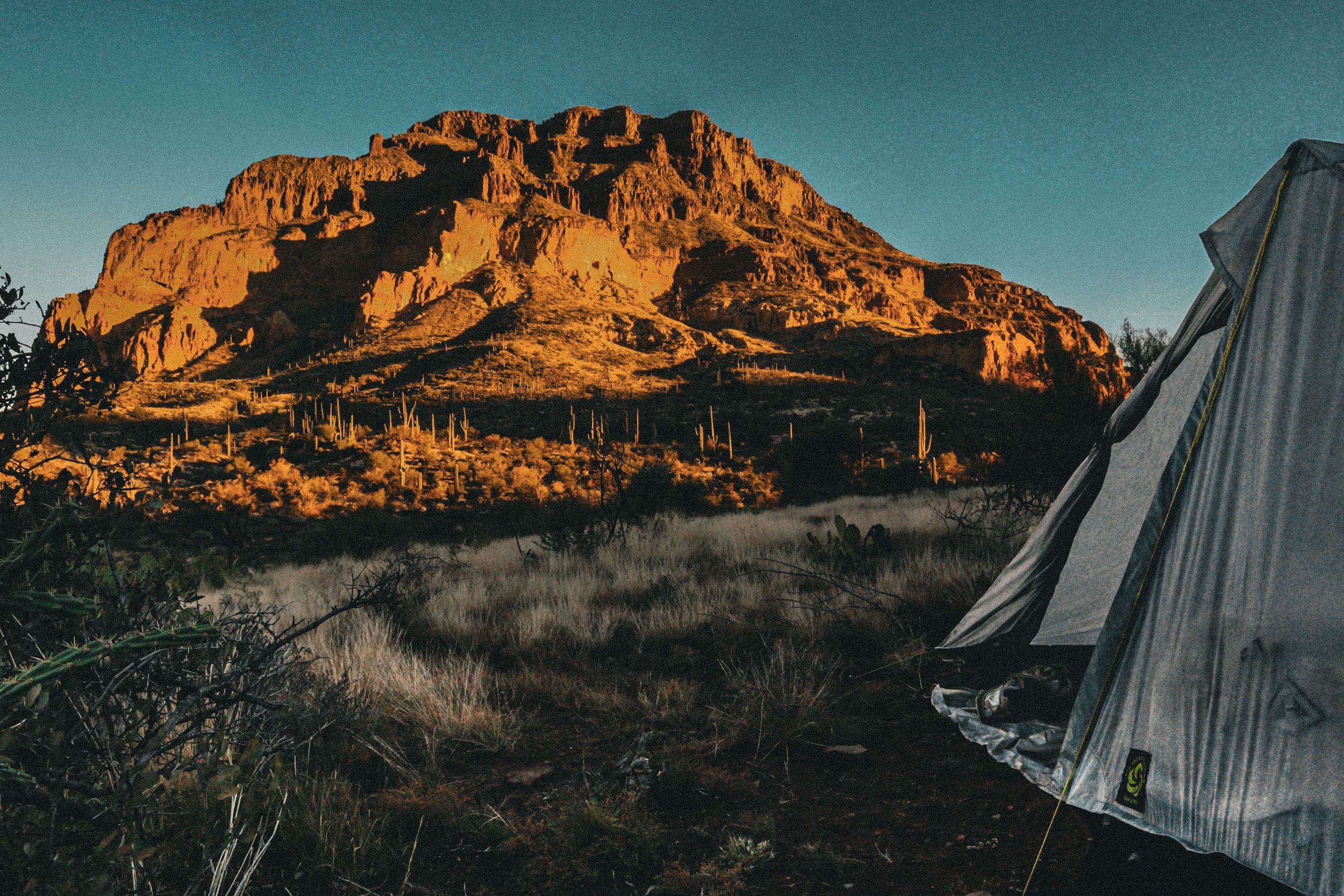
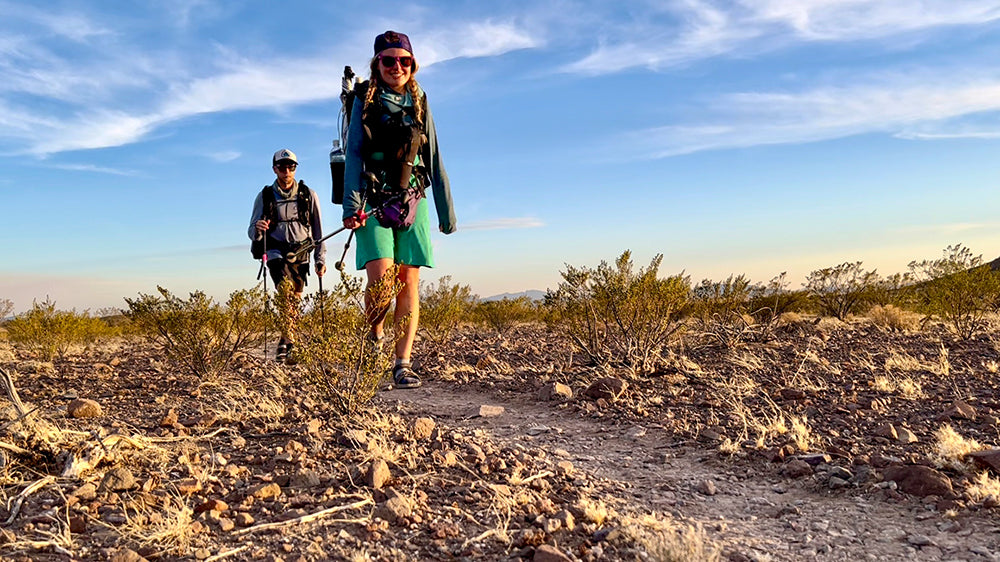
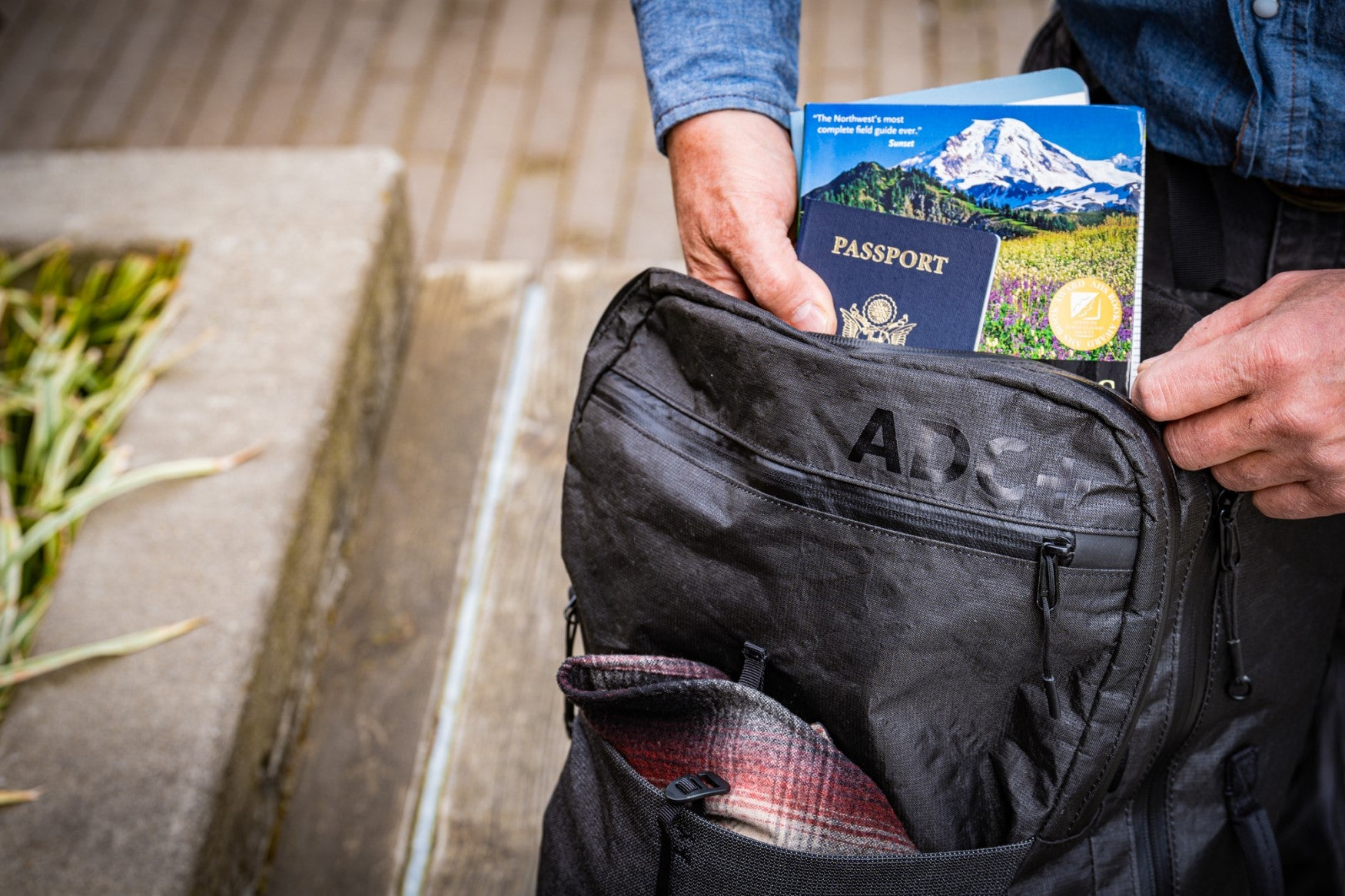
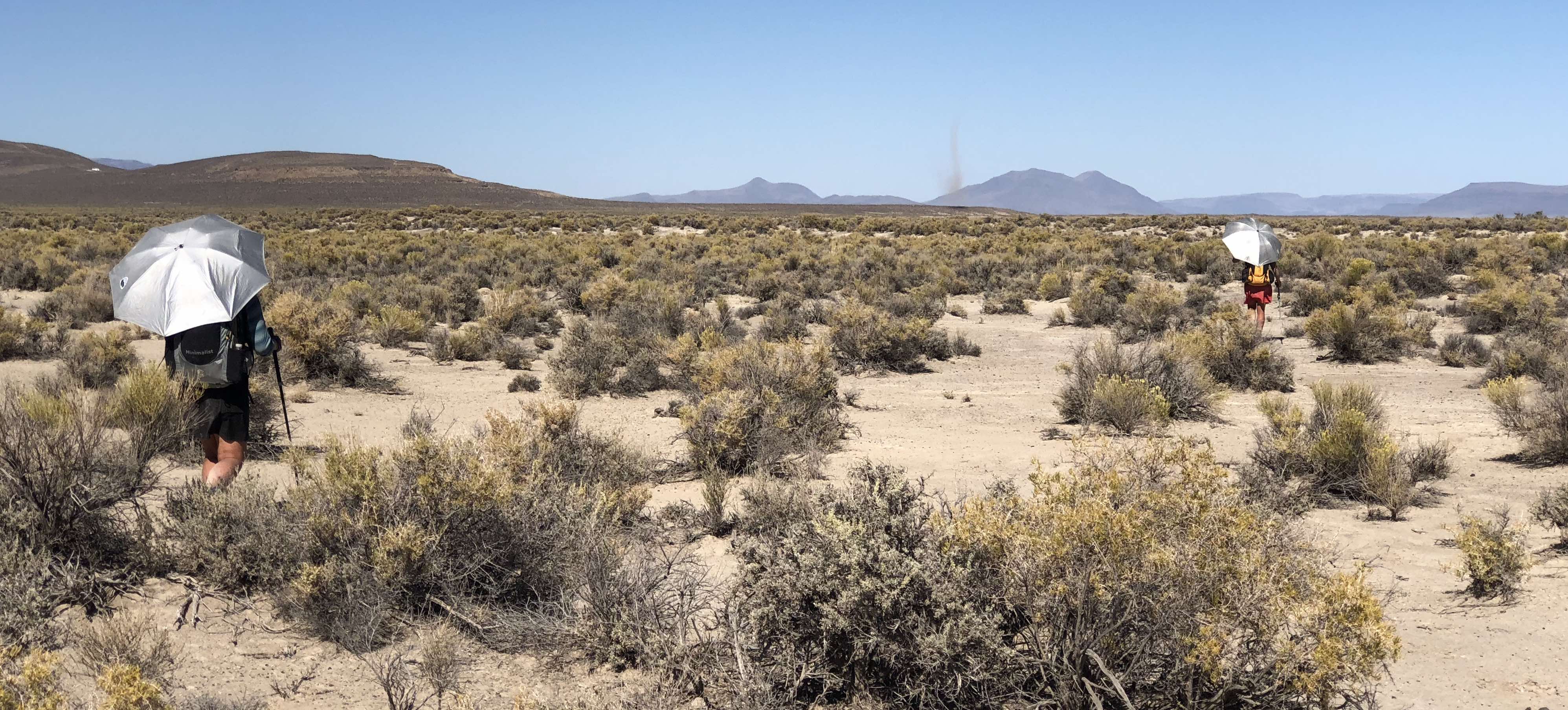
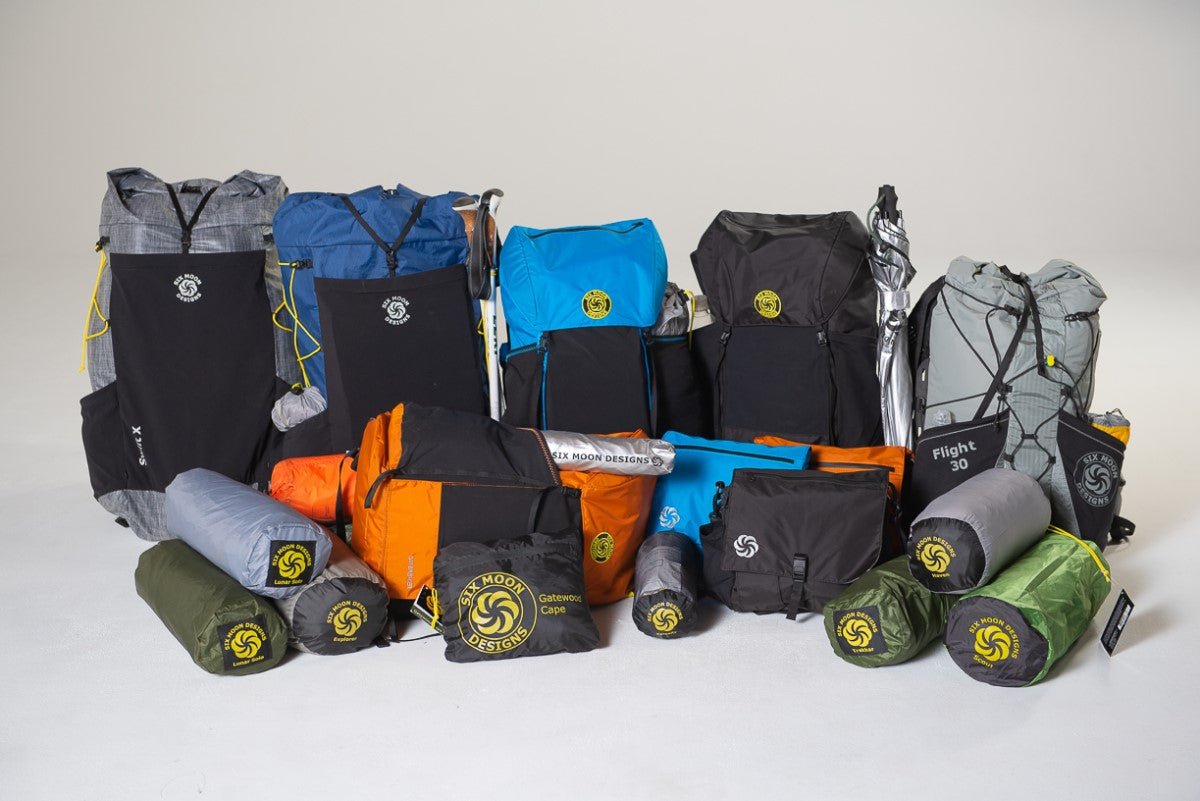
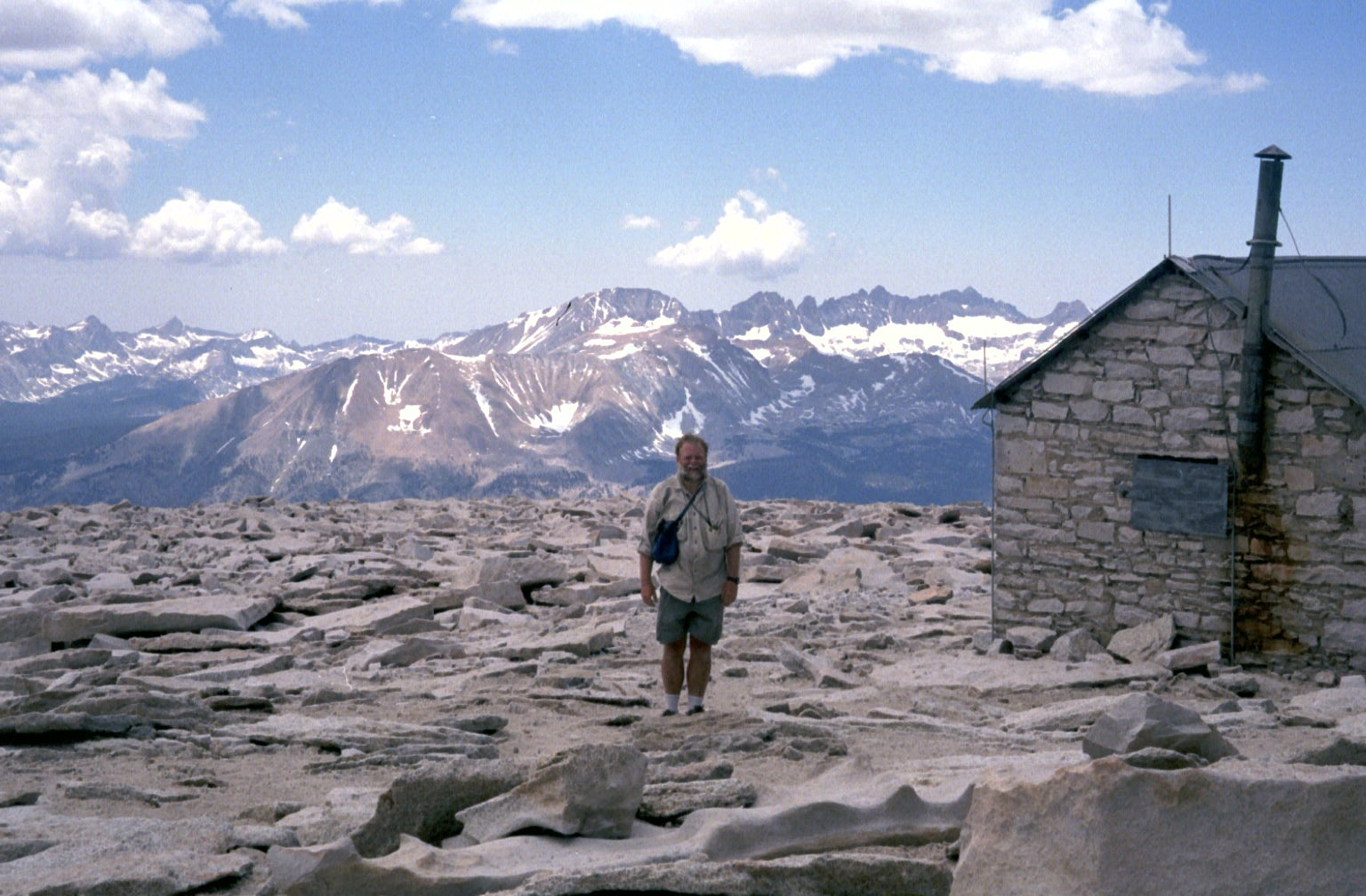
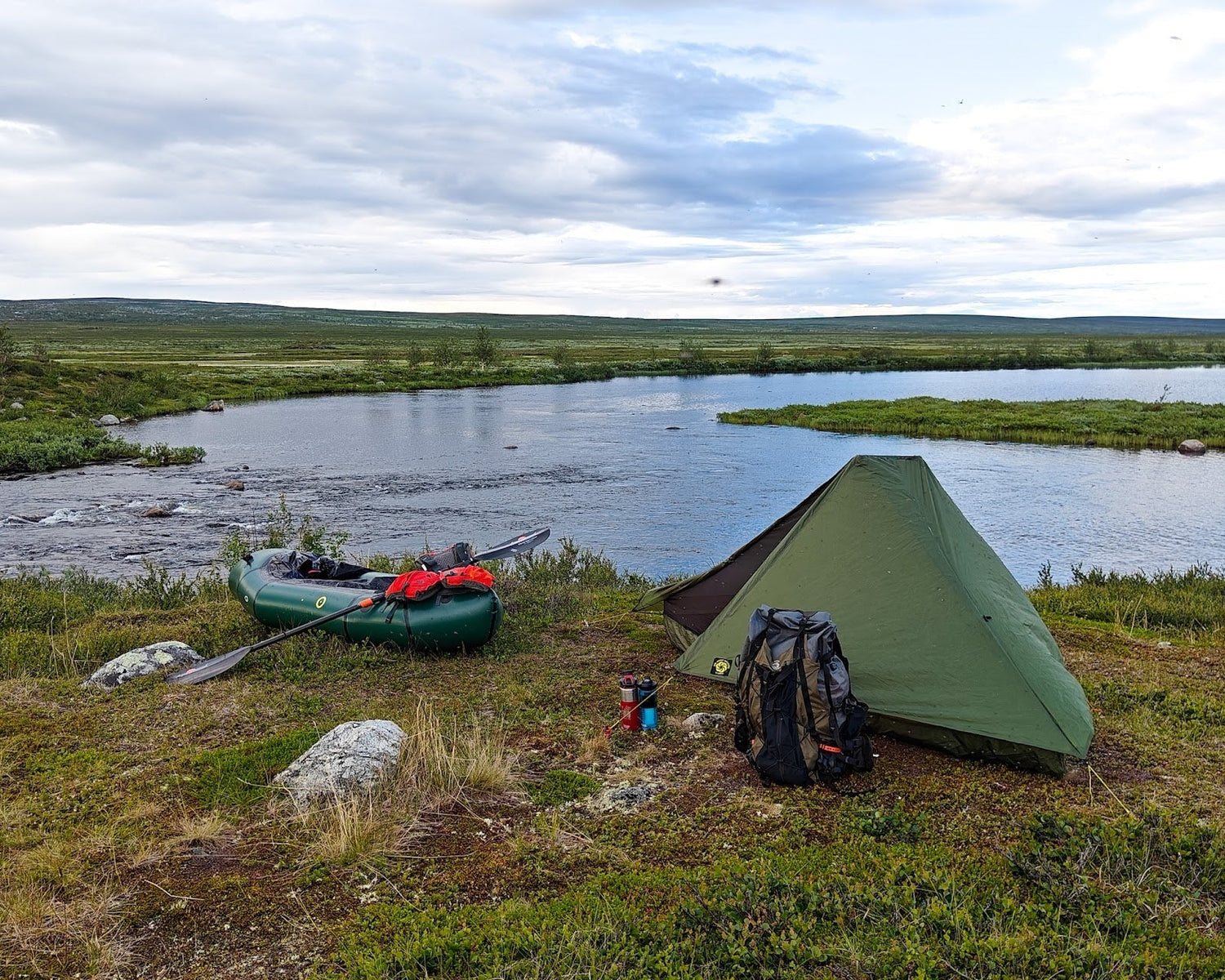
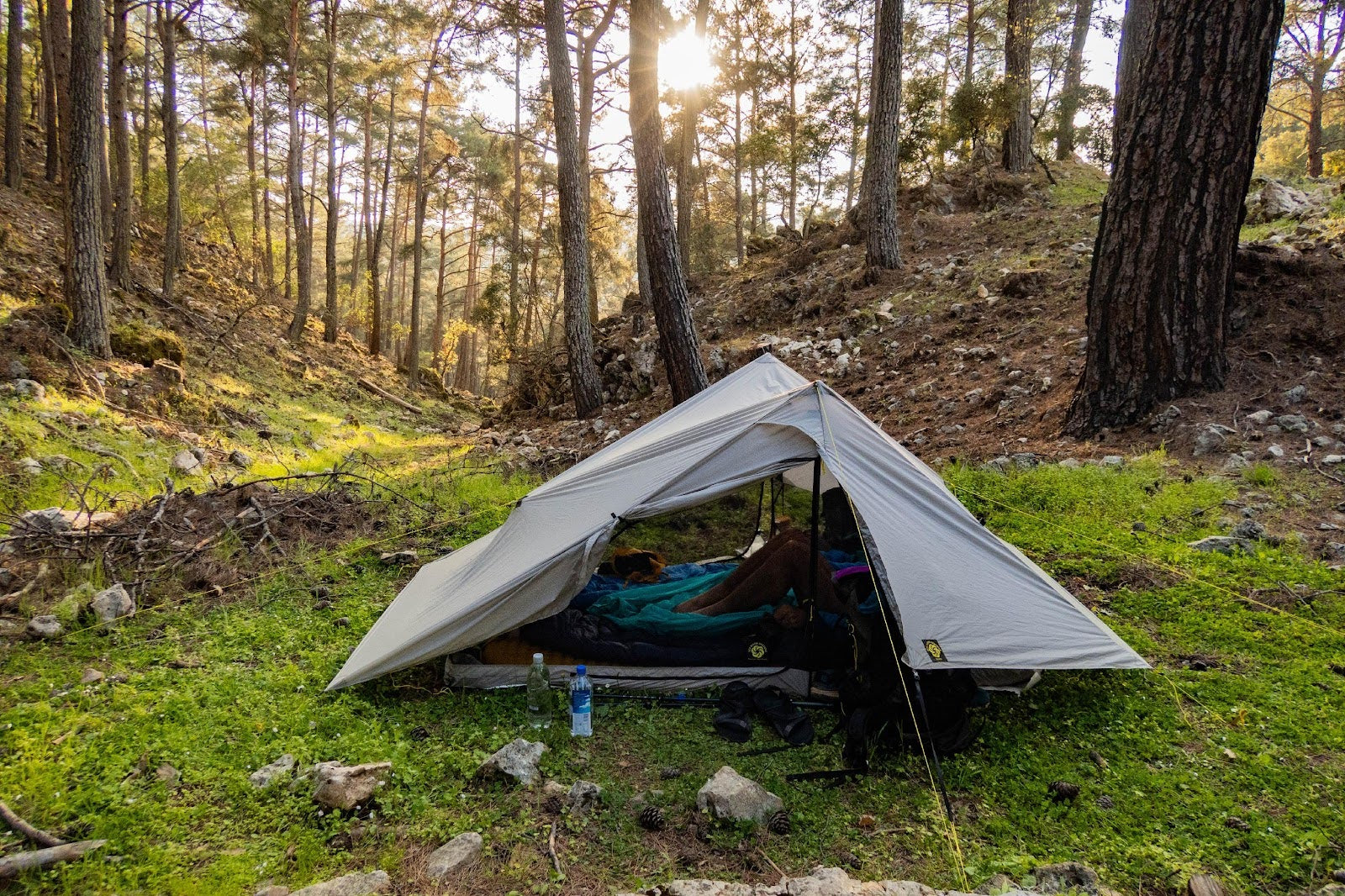
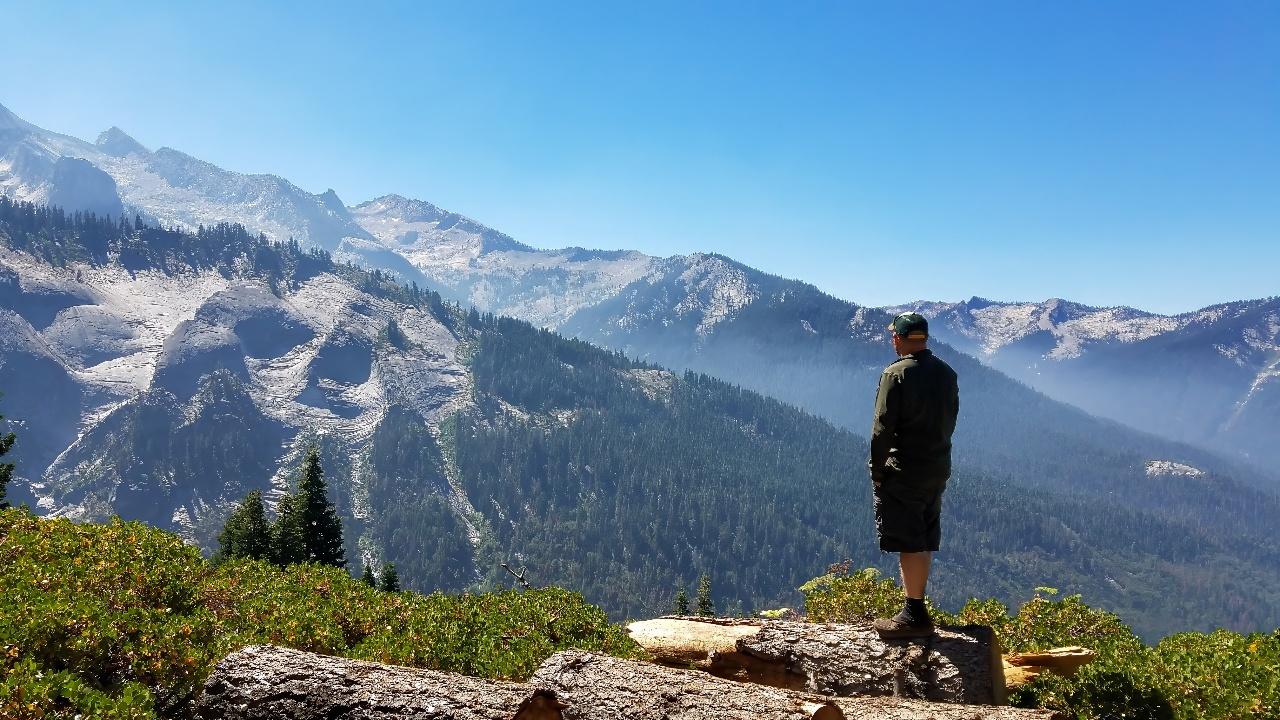
Leave a comment
This site is protected by hCaptcha and the hCaptcha Privacy Policy and Terms of Service apply.